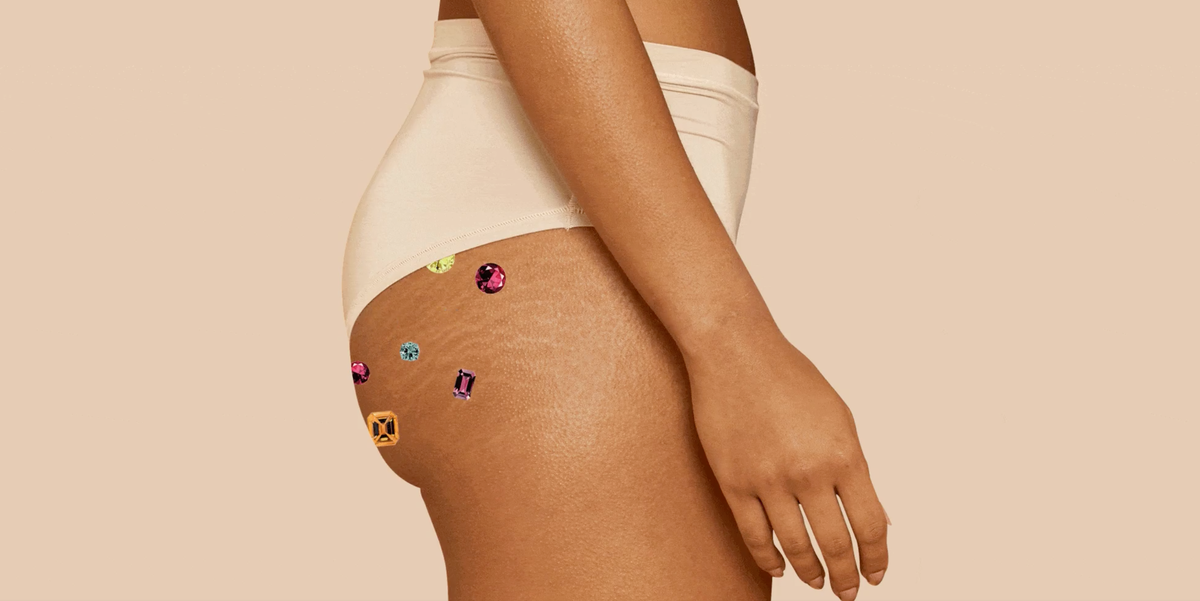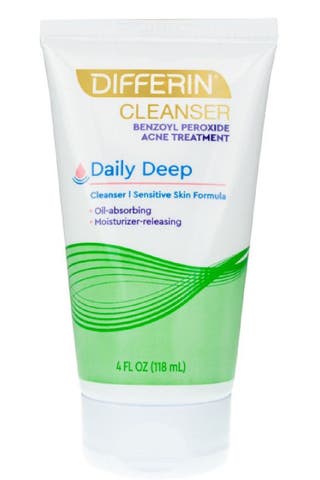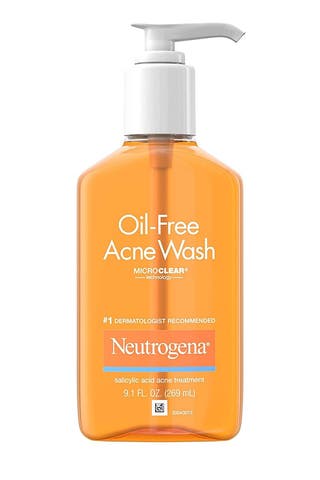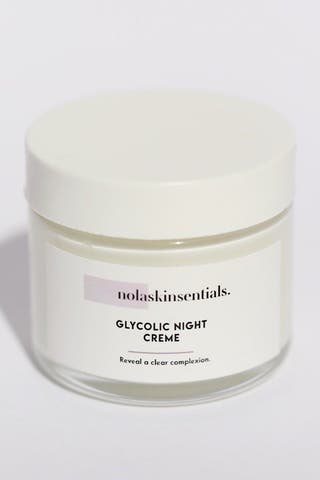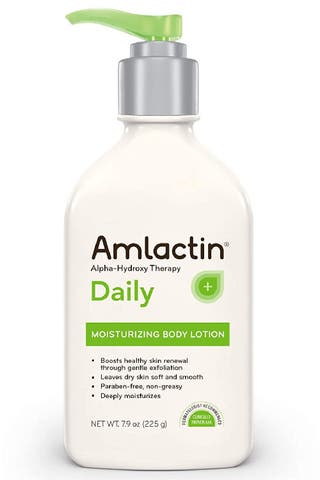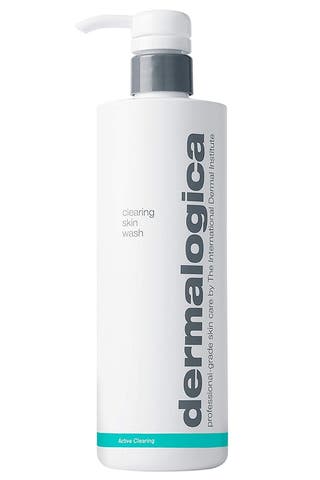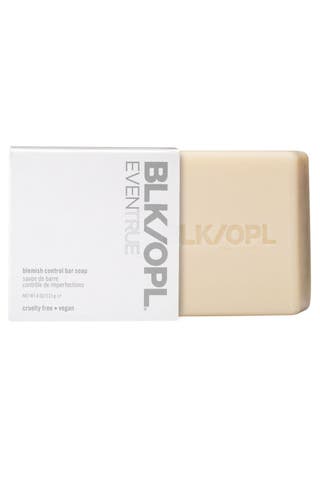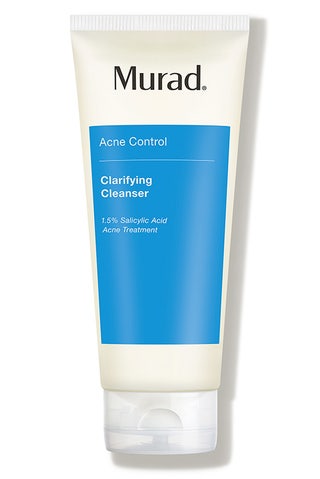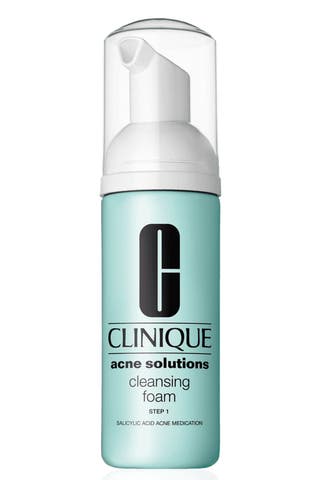Let’s take a poll: Raise your hand if you’ve ever felt a bump on your butt before and chalked it up to butt acne. Great, so that makes all of us! Not only is “butt acne” super common—no reason to be embarrassed about it, k?—but it’s also commonly confused other super-common skin conditions (lookin’ at you, folliculitis), which makes treating it a little more confusing than, say, chest acne, or scalp acne.
Thankfully, butt acne is relatively simple to treat once you actually know what you’re dealing with. So to help break down the facts, we consulted two board-certified dermatologists, Morgan Rabach, MD, and Shereene Idriss, MD, on how to distinguish pimples on your butt from something else, explain a few surprising things that might be causing your acne, and offer all the best treatment advice. Keep reading to get rid of those zits, once and for all.
This content is imported from {embed-name}. You may be able to find the same content in another format, or you may be able to find more information, at their web site.
Are butt pimples normal?
Dr. Rabach says “butt acne” is super common (and, yes, normal!), but—surprise, surprise—butt acne is rarely “real” acne. If you want to get technical, and we do, what you’re probably experiencing is something called folliculitis, which is “an inflammation of the hair follicles that leads to a pimple-like bump,” says Dr. Idriss. So even though butt pimples which can look like acne, they’re not exactly the same thing, and shouldn’t be treated the same way either.
So how can you tell if what you’re dealing with is folliculitis or acne? Glad you asked:
What does folliculitis look like?
Folliculitis and acne are easily confused, because they really do look similar to the untrained eye (ahem, that’s you), but there are a few key differences a dermatologist can easily spot:
- What acne looks like:
“Acne is defined by having comedones, which are blackheads and whiteheads,” says Dr. Rabach. Basically, acne looks like…acne. A mix of little whiteheads, maybe some blackheads, maybe a cystic zit, maybe some painful, inflamed bumps. - What folliculitis looks like:
“Folliculitis has a hair in the center of a red bump, and the white material associated with the bump is often dead skin and white blood cells,” says Dr. Rabach. It might look like a small whitehead, but usually it won’t be just a single bump—you’ll likely have a smattering of same-size, whitehead-looking bumps (and no blackheads).
That said, there are instances where patients do get real zits on their butts, which is why both Dr. Idriss and Dr. Rabach agree that you should see a derm to find out exactly what’s really going on and treat it the right way.
Should I pop folliculitis bumps?
You already know the answer to this. That’s a big ol’ no, nope, never. You should never pop, pick, or prod anything yourself, really, and doing any of the above to your butt acne will not only make your breakout worse but also lead to scarring and post-inflammatory hyperpigmentation afterward. So, yeah, that’s gonna be a no for me, dog, and it should be a no for you, too.
What causes acne on butt?
In short, anything that causes friction can cause these butt bumps. And if you feel like your butt acne is more prevalent in the summer—exactly when you might be choosing to show off your butt—you’re right. Wet clothes, like a bathing suit or sweaty workout leggings, are two main offenders that lead to folliculitis. But don’t stress! You don’t have to swear off swimming and yoga forever. You just gotta know the right ways to go about your everyday life.
How do I permanently get rid of butt acne?
The first step in clearing up your butt acne for good is with a proper diagnosis from a derm, because only once you know the exact cause can you properly treat it. That said, small changes to your regular routine might work wonders for improving your breakouts, whether they actually are butt acne or folliculitis. So once you’ve made that appointment to see your derm, get started on the below.
1. Use a benzoyl peroxide wash
Dr. Idriss recommends cleansing with an acne wash that contains a high percentage of benzoyl peroxide, like PanOxyl, which kills the bacteria on the skin that could lead to bacterial folliculitis, while also unclogging pores, and reducing inflammation. Massage it along your breakouts, then allow it to sit for a few seconds before washing it off to give the ingredient time to work.
Heads up: Benzoyl peroxide is equally as known for bleaching fabrics as it is for clearing your skin, so if you don’t want to risk ruining your favorite bath towels, make sure to rinse your skin really well after cleansing.
2. Exfoliate your skin—but don’t scrub it
While you may be tempted to exfoliate the hell out of your bumpy butt, leave the grainy physical scrubs alone (and no picking either!). Instead, Dr. Idriss says to apply a gentle chemical exfoliator, which uses ingredients like alpha-hydroxy acids (such as lactic or glycolic acids) or beta-hydroxy acids (salicylic acid) to keep dead skin cells from clogging your pores. Our faves:
3. Get a chemical peel
If you really want to get rid of your butt acne overnight, Dr. Rabach says the best treatments are available at your dermatologist’s office. For the fastest results, she recommends an in-office chemical peel to encourage the shedding of skin. But for a less intense treatment, you can also try an at-home face peel, which relies on the same chemical exfoliants mentioned above to do the trick.
4. See your dermatologist for a topical antibiotic
Dr. Rabach also recommends asking your doctor about clindamycin lotion, which is a super-light topical medication that’s non-greasy and won’t stain your clothes. This antibiotic can be used to calm inflammation and kill bacteria that can lead to acne, or in this case, butt acne.
5. Choose breathable fabrics
The lighter, looser, and more breathable the fabric of your clothing is, the less likely you are to cause a folliculitis flare-up, which is why Dr. Rabach recommends cotton underwear over, say, nylon. Trapped sweat and friction are not only the two main culprits of chafed skin, but also a big cause of inflammation in the hair follicle.
6. Wear moisture-wicking fabrics when working out
Dr. Rabach has noticed way more patients with folliculitis lately, and all that work-from-home athleisure may be to blame. If a pair of tight pants rubs you the wrong way, maybe chill on wearing them for a bit until you get everything under control. When you absolutely have to wear tight-fitting gym clothes to work out, opt for moisture-wicking fabrics to prevent the sweat from getting trapped against your skin. Because sweat creates the perfect environment for bacteria, which could lead to a breakout. And speaking of sweat…
7. Change out of sweaty clothes
Say it with me: Activewear is not loungewear. Take off your sweaty workout clothes as soon as you get home (or even sooner if you can). Oh, and Dr. Rabach says the same goes for your wet swimsuits or any other damp clothing. Who likes sitting in swampy, wet clothes anyway?!
8. Shower after sweating
Listen, I know you’re tired after working out, and we’re already asking a lot of you to peel off your sticky bike shorts when your arms are still burning, but once you’ve made it that far, you might as well step in the shower and wash away all that sweat and bacteria. According to Dr. Rabach, a quick rinse or a cleanse with body wash is key for treating and preventing butt acne, and it also works like a charm for acne all over your body, like the acne on your back.
9. Use salicylic acid to get rid of acne scars on your butt
We touched on salicylic acid as a spot treatment for smoothing out the bumps of butt acne (thanks to its ability to dissolve dead skin and unclog pores), but Dr. Rabach also loves the ingredient for reducing the dark spots or acne scars left behind on your thighs or butt by the old active lesions and recommends an over-the-counter salicylic acid face wash. This will not only help to lighten the spots by encouraging new skin cells but also prevent them from popping up, so it’s a good ingredient to keep on hand (err—butt? Idk).
The takeaway:
Get your butt to the derm. A board-certified dermatologist is much better at distinguishing an acne breakout from folliculitis than you are (and that’s not a knock against you—these people are doctors who studied this very thing). Dr. Rabach says dermatologists see this all the time, so butt acne is nothing to be embarrassed about and no reason to put it off. Just whatever you do, stop sitting in sweaty yoga pants, got it?
This content is created and maintained by a third party, and imported onto this page to help users provide their email addresses. You may be able to find more information about this and similar content at piano.io

